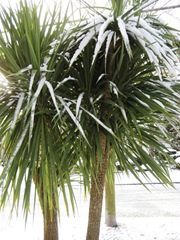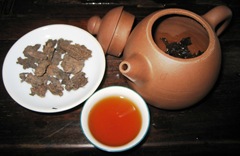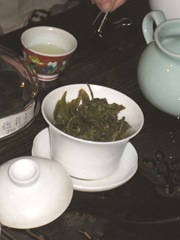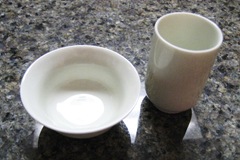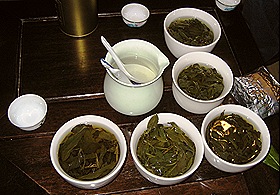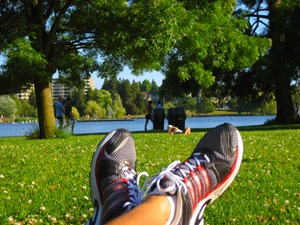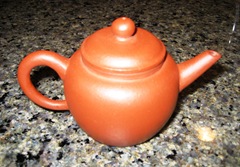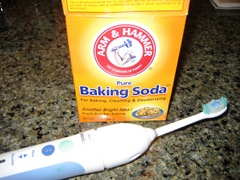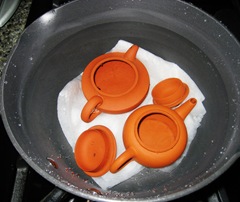I stopped by Korea on my way to Taiwan to attend a wedding. . . and for tea. I emailed a few of the blog authors on my roll who have written about Korean tea and they recommended that I visit the cultural district of Insadong in Seoul to find some unique stuff.
I had a hard time finding a shop that (1) offered Korean Oolong (2) had staff that spoke enough English to communicate with me (3) offered tastings of their product. But Insadong itself is a neat experience, close to museums, several palaces from past dynasties, old shops and restaurants.
It's rather fitting that the shop I ended up spending the most time in was one that specialized in Chinese and Taiwanese oolongs. Their shelves were full of puerh tongs, high mountain teas, and various metal and earthenware jars of aged oolongs. Here, I finally got to taste Korean oolong and some good green tea.
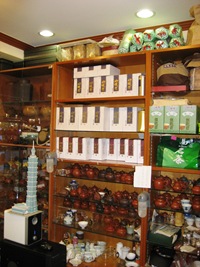 A view of the teahouse's selection of pots and Korean greens - notice the model of Taipei 101 on the counter!
A view of the teahouse's selection of pots and Korean greens - notice the model of Taipei 101 on the counter!
The oolong I tasted was very light, with some grain-like flavor notes. Several of the Korean oolongs that I came across had the Chinese characters for Yellow Tea on the label, but none of the shopkeepers I spoke with could explain to me if all Korean oolongs were called Yellow Tea. This particular tea reminded me of a mix between four seasons and barley tea; pleasant but no body or hui gan. I didn't get deep enough into the conversation to ask what varietal the leaf was - I was just happy that this shopkeeper could speak enough English to accommodate me. I eventually bought a box of her best green tea that came from a farm that she and her parents supervised the production for during the spring. She brewed roughly 2-3 grams in a small Korean-style handled pot, using water that was probably around 160-170 degrees. The tea was a pale yellow with a mellow mouth feel. Only slight astringency, but I think it would turn out smoother in a gaiwan. A very light floral fragrance unlike any Chinese or Taiwanese tea, but more vegetal in taste than floral. In some ways, it reminded me of a mellow Longjing, but without the body or aftertaste, although this tea did have a smooth finish.
I was told that while Insadong would be a convenient place for me to find some tea samples, it would be more expensive than other places. I ended up picking up various other Korean oolongs from other shops along the way, but I have yet to try any of them since they didn't do sampling.

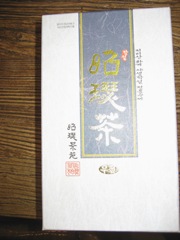
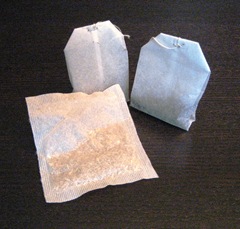
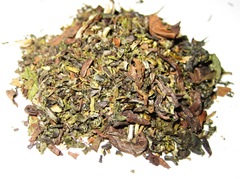
 broken-up Baozhong
broken-up Baozhong